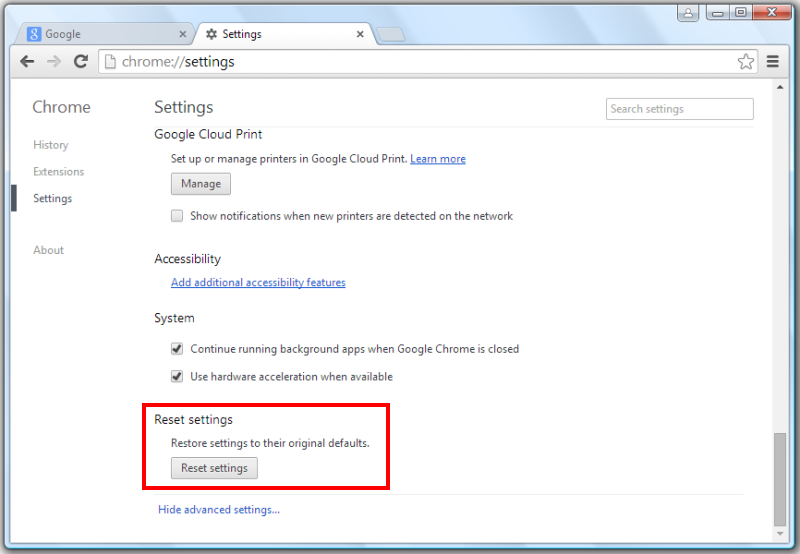
Once you have downloaded the zip file and extracted it you will see the contents below. Profile Management 5.1.0 is available under XenApp 6.5 Feature Pack 2Ĭlick on it to download and then click Download from the button in the right hand corner of the screen belowĪllow Citrix to take your first born and click AcceptĬlick on Download now or Download your file manually depending on your preference (Remember the My Citrix page from my first blog post?) To do this you need to download the UPM zip file and its contents from the My Citrix page under downloads. Having completed the above tasks the next step is to install the Citrix UPM software on each of your XenApp application servers. (With the exception of the user appdata folder) I also showed you how to redirect your user’s folders using Group Policy. I then demonstrated how to set up two file shares, one to act as a central repository for the Citrix User Profile Manager (UPM) (XenAppProfiles$) and the other to act as a central repository for the Users redirected folders.(XenAppUserHome$). Simply copy the URL and create a new entry, replacing &q=%sĪfter you created the new search engine entry, hover over it and then click to make it the default search engine.In my previous post which you can find here I briefly covered what roaming profiles and redirected folders were. You will notice that Google is the default search engine, and that you cannot change its search URL from HTTP to HTTPS. In Chrome 16 go to the settings menu -> Options -> Search -> Manage search engines. So what can be done? Simple, make Google Chrome search via SSL.

To be crystal clear: If you are a Google Mail user like me and connect to an unencrypted Wi-Fi network, your account may be compromised the second you perform your first Google search. And guess which service does not use SSL by default: search. But these services require that I be logged on to Google, sending my authentication cookie to any Google service. Some of my most heavily used services are SSL only anyway – Google Mail, Google Reader and Google Calendar. Right now I am connected to such a network and trying hard not to give away authentication cookies or passwords – information that would make it trivial even for amateurs to take over one or several of my accounts.

A while ago I wrote about the dangers of using unencrypted Wi-Fi networks.


 0 kommentar(er)
0 kommentar(er)
